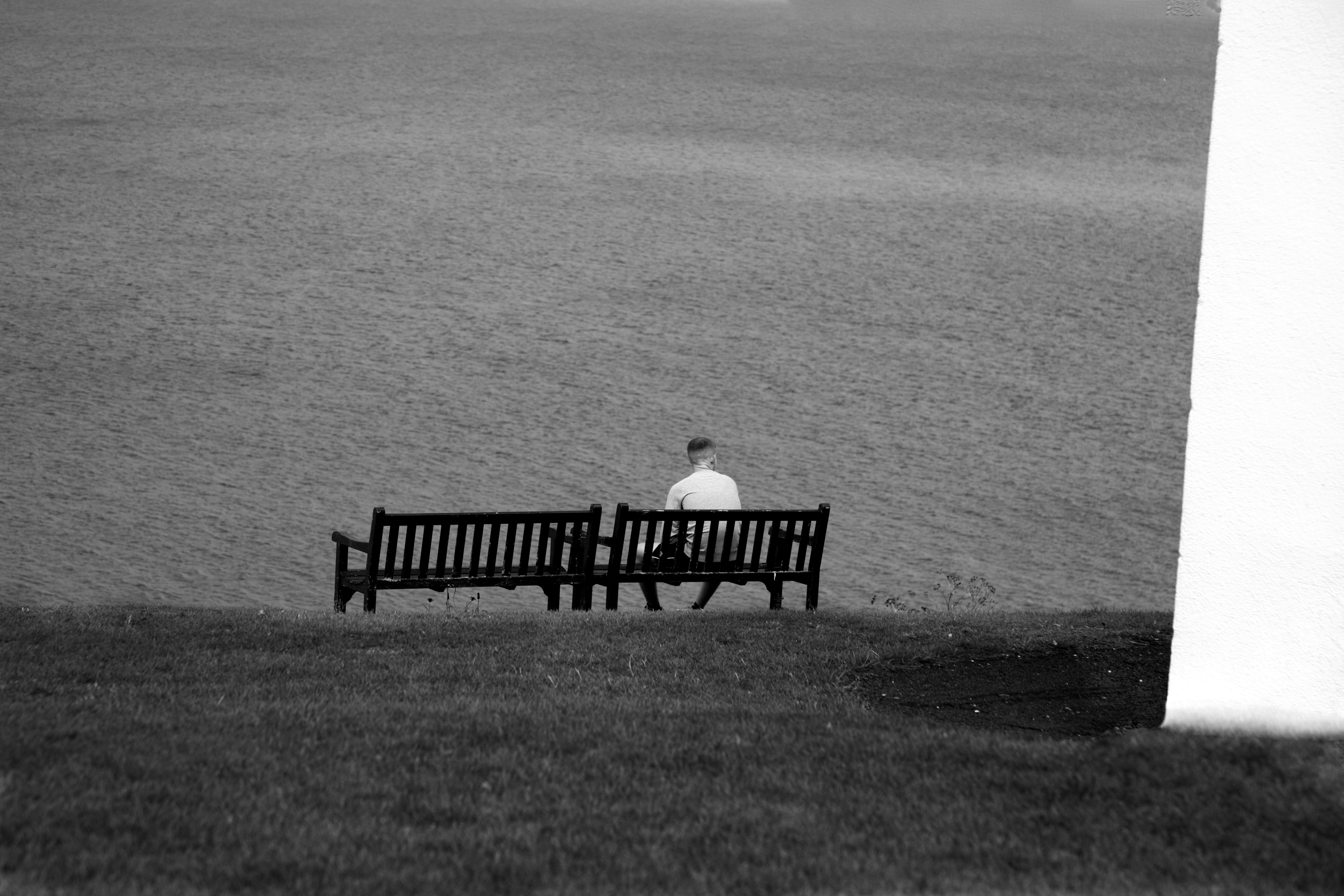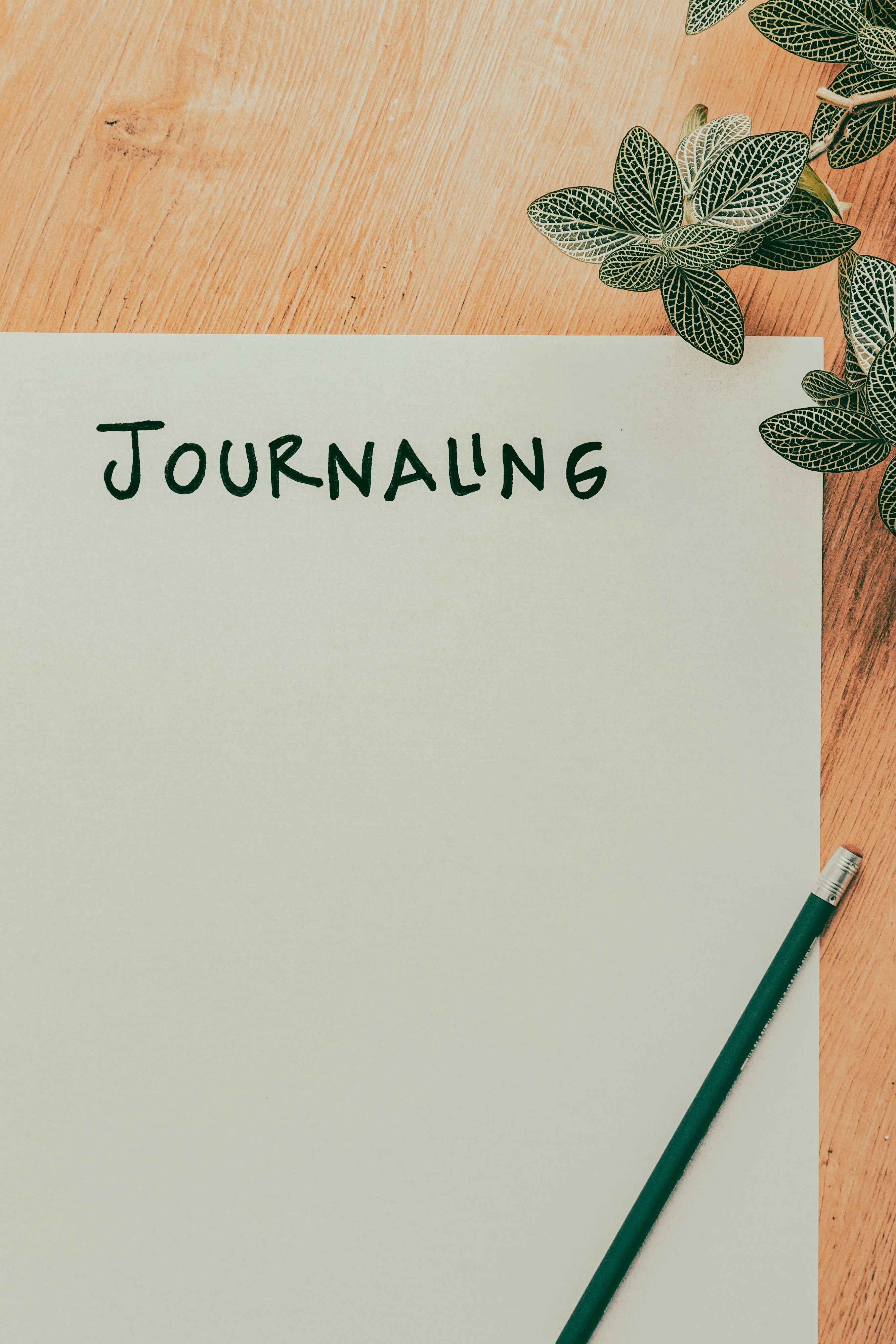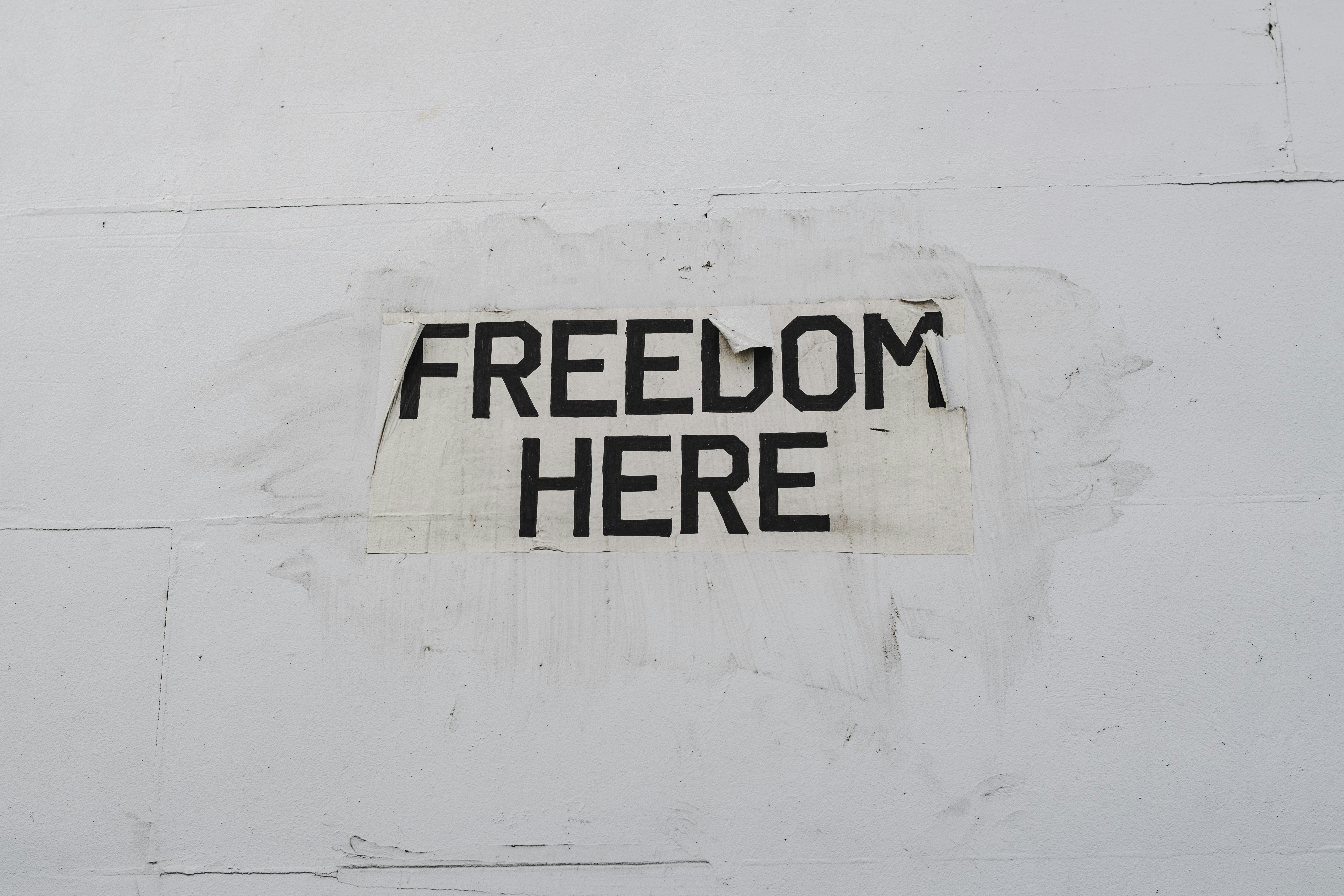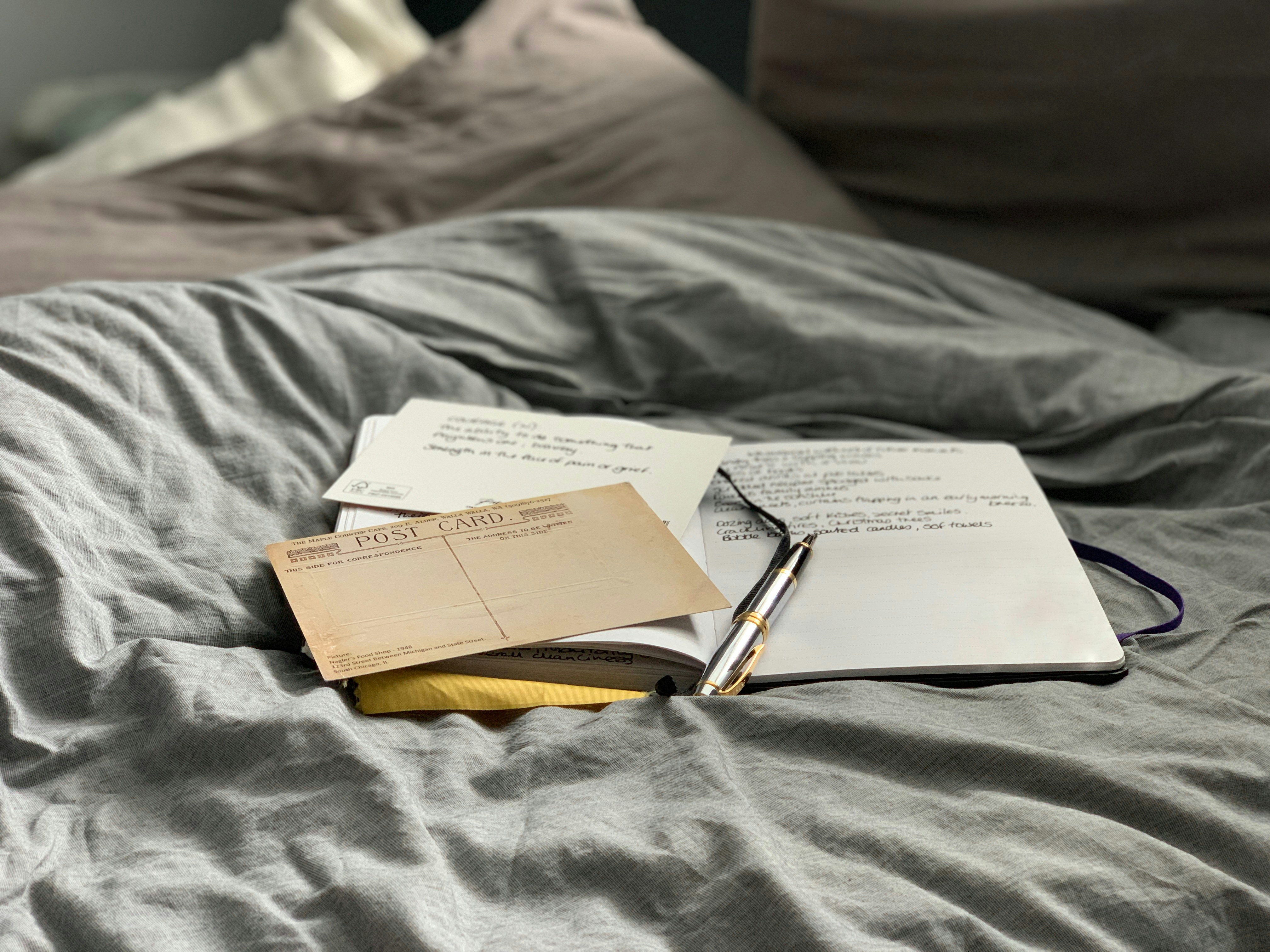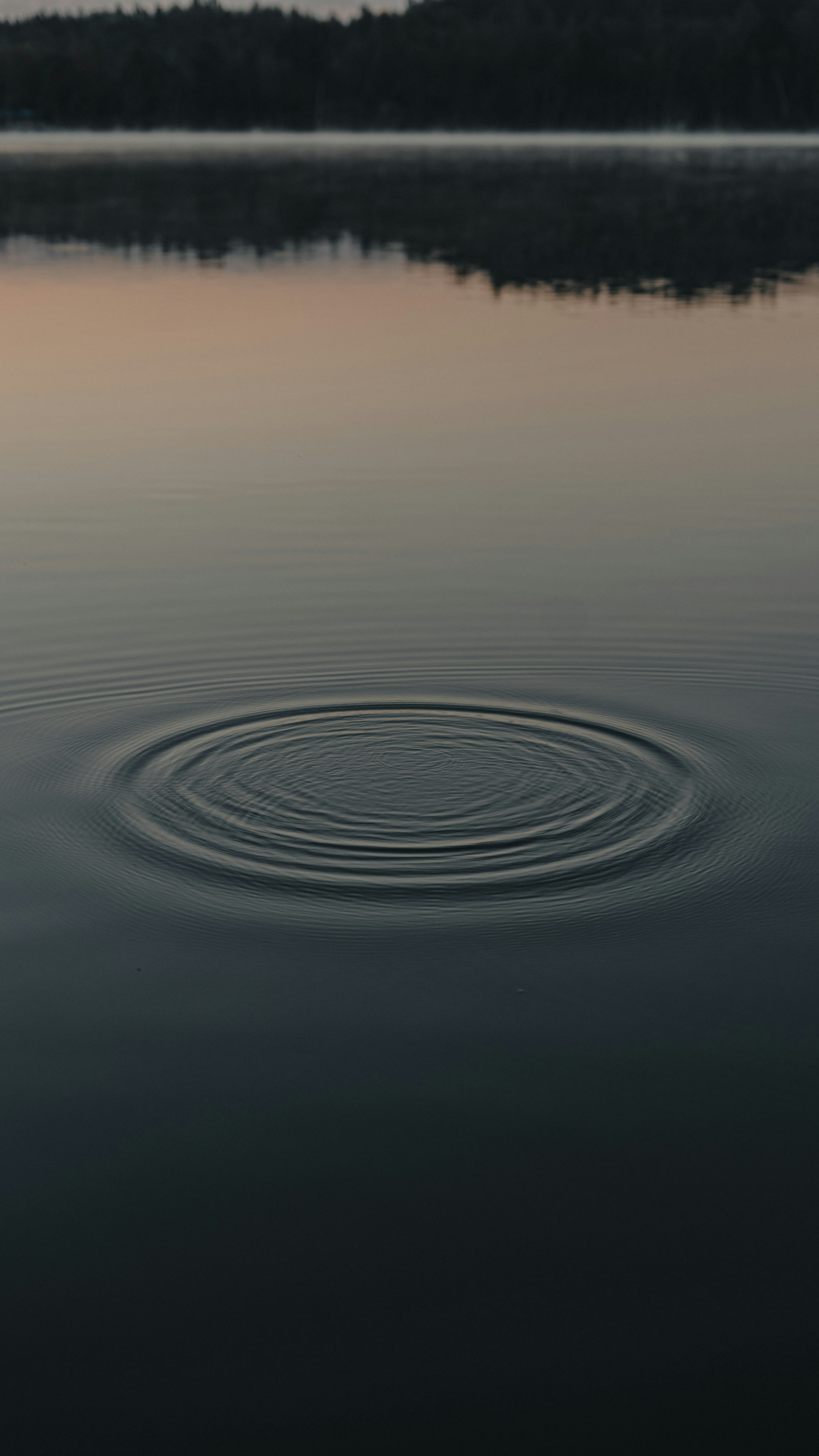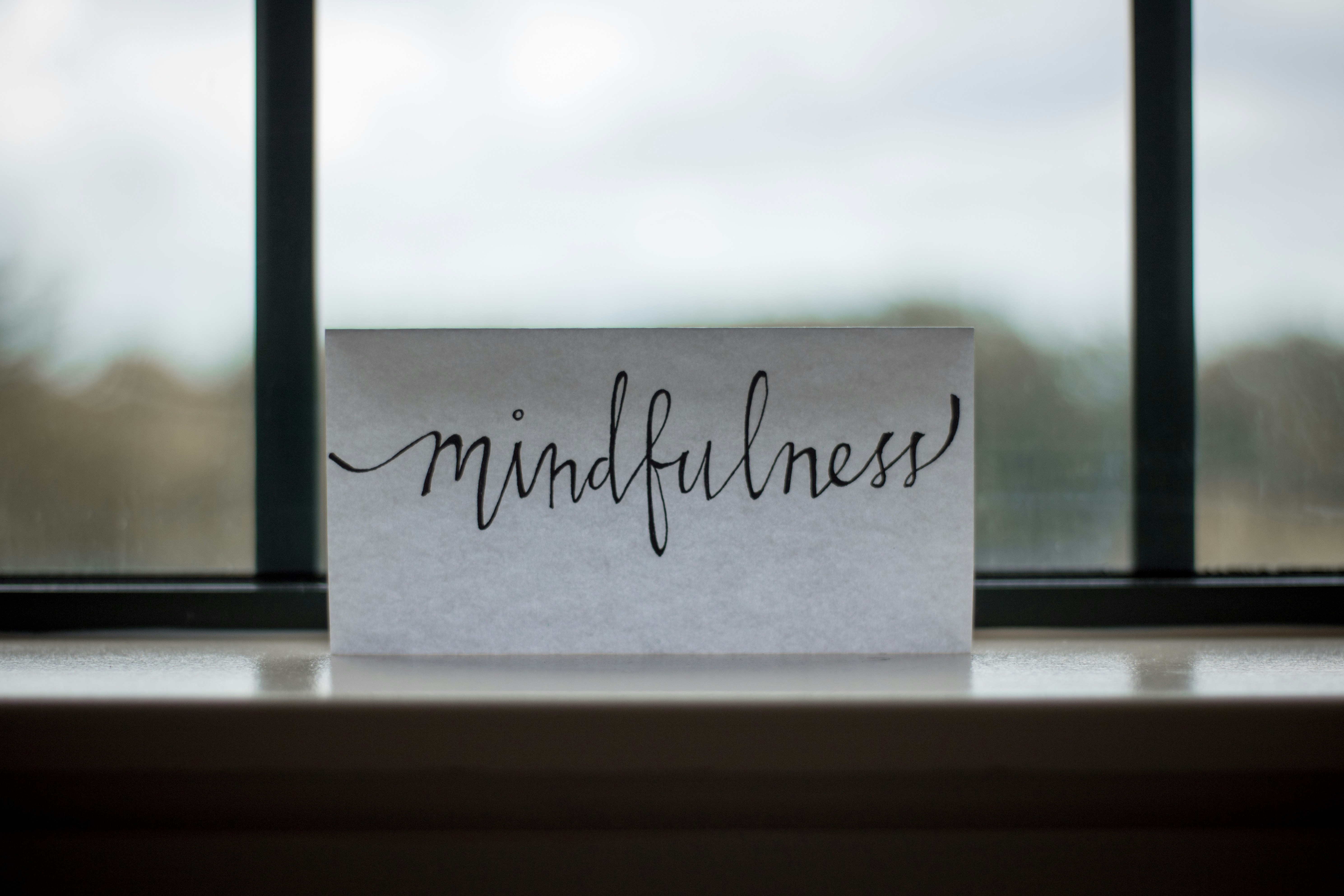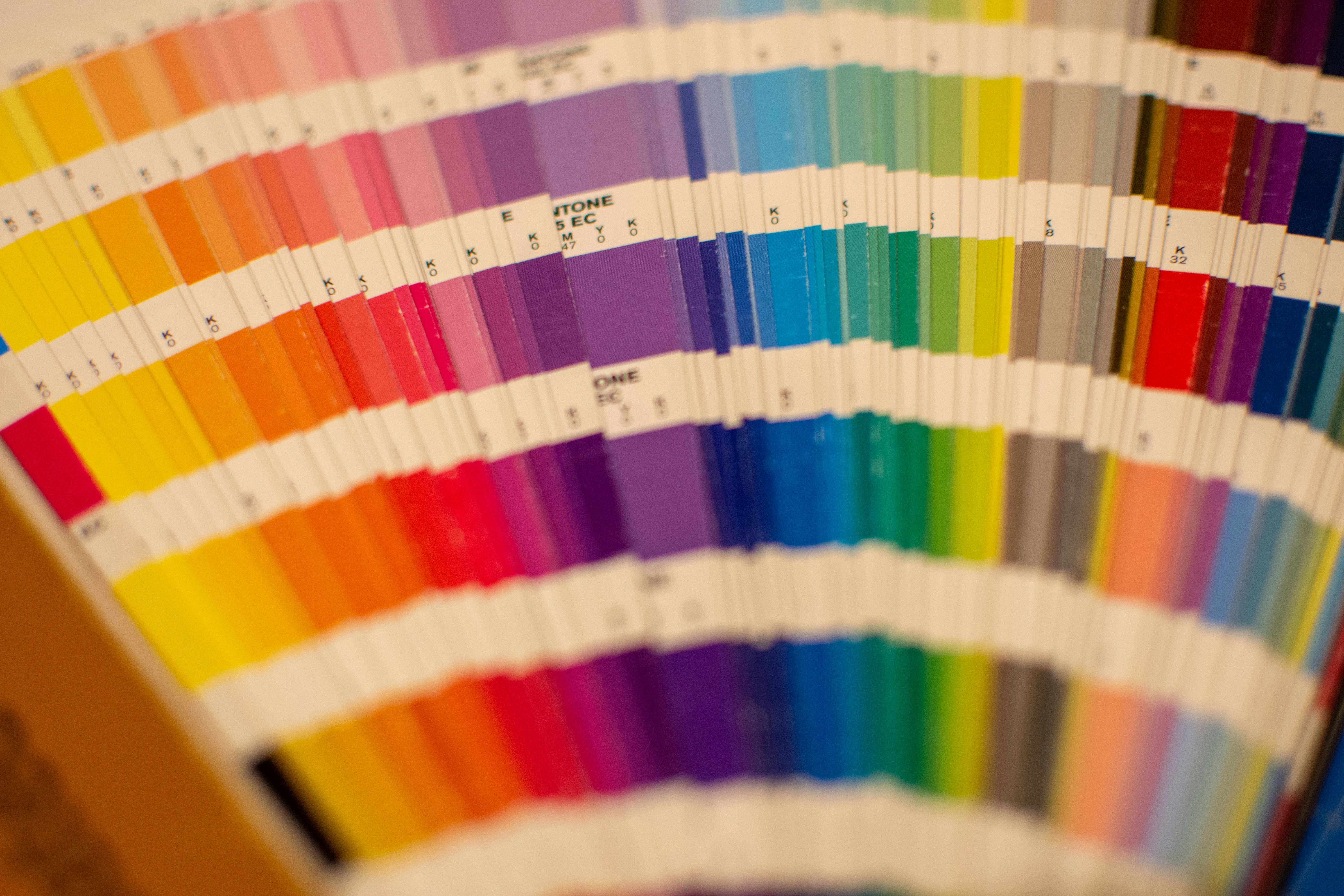The Art of Solitude: Enhance Resilience Through Journaling
In the midst of a chaotic world, where connectivity often overshadows the beauty of introspection, the practice of creative journaling in solitude is more than just a pastime; it’s a transformative art. Imagine retreating into a space where your thoughts flow freely, and self-discovery is just a pen stroke away. This journey into the art of solitude not only promises to enhance your emotional intelligence but also fortifies your resilience in facing life's challenges. Through the lens of journaling, we embark on a path of profound reflection, self-awareness, and emotional growth.
Embracing Solitude: The Forgotten Art
As society becomes increasingly frenetic, the value of solitude is often overlooked. People are conditioned to seek validation and connection in external sources—social media, group interactions, or busy environments. Yet, embracing solitude can catalyze the most profound self-discovery. According to psychologist Susan Cain, author of Quiet: The Power of Introverts in a World That Can’t Stop Talking, solitude fosters creativity and innovation. It creates a safe space for introspection and authentic self-expression.
When we grant ourselves permission to step back from the noise, we create an environment that nurtures our innate creativity. Journaling during these moments becomes a vital tool for emotional exploration. Engaging with ourselves in written form allows us to observe our thoughts, beliefs, and feelings without judgment.
The Science of Journaling: Unlocking Emotional Intelligence
Journaling isn't simply a trend; it’s backed by neuroscience that highlights its capacity to enhance emotional intelligence. Dr. James Pennebaker, a pioneer in expressive writing research, found that writing about our thoughts and feelings improves mood and overall psychological well-being.
When we write, we orally process experiences that may have left us confused or hurt. This writing process allows us to reframe our perceptions and gain clarity. The act of putting pen to paper engages the brain in such a way that our emotional responses become more manageable.
Research published in the Journal of Health Psychology showed that expressive writing helped participants alleviate symptoms of anxiety and depression, while also boosting their emotional intelligence. Creative journaling invites us to explore themes like vulnerability, empathy, and self-awareness, contributing to our capacity to connect deeply with ourselves and others.
Building Resilience Through Reflection
Resilience is our ability to bounce back from adversity, and journaling can be a cornerstone in developing this vital trait. In moments of solitude, our internal dialogue transforms into a supportive friend, providing insights and shadowing our fears with compassion.
Through journaling, we can analyze past challenges, decipher the lessons learned, and construct strategies to cope with future obstacles. A study conducted by the American Psychological Association found that journaling effectively allows individuals to reprocess experiences and cultivate resilience.
Consider this: every time you face a setback, ask yourself what guided your decisions and emotions. Write it down. This self-reflection not only cultivates a stronger sense of self but also prepares you to handle life’s unpredictability with grace.
Practical Steps for Creative Journaling
So, how does one begin the journey of creative journaling in solitude? Here’s a step-by-step guide that can provide structure to your reflective practice:
1. Find Your Quiet Space
Select a location that feels comfortable and inspires peace. This could be a cozy nook in your home, a favorite café, or a serene outdoor spot. The intention is to create an environment conducive to introspection.
2. Gather Your Materials
Choose a journal that resonates with you; it could be a beautifully bound notebook or a simple pad. Pair this with your favorite pens, colored pencils, or even paint. Let your tools reflect your personality.
3. Establish a Routine
Designate specific times for journaling. Consistency is key in forming a habit. Whether it’s a few moments each evening or an extended session on weekends, commit to this practice.
4. Use Prompts to Stimulate Creativity
If you find yourself staring at a blank page, prompts can break the silence. Here are some you might consider:
- What does my ideal day look like?
- Describe a challenging situation and how I overcame it.
- What emotions arise when I think about solitude?
- List five things I am grateful for today.
5. Allow Free Expression
Don’t censor your thoughts. Write as though no one will read it. Let your words flow freely without the pressure of structured sentences. This stream-of-consciousness approach often leads to profound insights.
6. Reflect and Revisit
After writing, take the time to read and reflect on what you've documented. Look for patterns or recurring themes. What insights have emerged? Revisiting these reflections can further your emotional intelligence and provide fodder for personal growth.
7. Express Yourself Creatively
Feel free to incorporate sketches, doodles, or other forms of expression into your journaling. This adds an additional layer of creativity and personal connection.
Spreading Your Wings: Journaling and Emotional Connection
Creative journaling leads us to the roots of emotional connection, fostering empathy not just towards oneself, but also towards others. Understanding our feelings paves the way for understanding others, enhancing our emotional landscape and communication.
When we write, we often uncover biases or unresolved issues that color our interactions with those around us. Reflecting on these can empower us to interact more compassionately and authentically in our relationships.
Journaling for Connection
Your journal can act as a bridge to connect your thoughts with the broader universe. You might find yourself writing letters—either to a friend or to your future self. As you explore your emotional depths, seek to share your insights with those close to you, fostering deeper relationships.
The Ripple Effect: Emotional Growth Beyond the Page
As you cultivate emotional intelligence and resilience through the lens of solitude, the positive effects ripple outward in your life. You’ll notice enhanced decision-making, improved relationships, and a deeper enjoyment of life.
Journaling as a Gateway to Wellness
Journaling promotes holistic health beyond emotional growth. It can serve as a tool for stress relief, reflection on your physical health, and tracking wellness goals.
For a related exploration of stress relief through mindful practices, check out our piece on harnessing the power of play, and see how various activities can complement your journaling practice.
Leveraging Creative Journaling for Life’s Challenges
Life is inherently filled with ups and downs. When challenges arise, revisit your journal for guidance. Writing about a difficult moment can put a new spin on it, offering perspective and clarity.
Use your journal to brainstorm potential solutions or coping strategies when feeling overwhelmed. This structured approach ensures that you engage with your challenges proactively rather than putting them on the backburner.
Integrating Mindfulness Into Your Practice
Engaging in journaling doesn’t have to be a solitary act. You can combine it with other mindfulness practices such as meditation or deep breathing. This synergy further enhances emotional clarity and resilience.
For example, before you begin journaling, take a moment to breathe deeply. This prepares your mind for reflection and opens your heart up to genuine expression.
Next Steps: Elevate Your Journey Through Solitude
As you embark on your journey of creative journaling, remind yourself that there’s no right or wrong way to express yourself. This practice is uniquely yours. Embrace each moment of solitude as a significant step toward enhancing your emotional intelligence, fostering resilience, and cultivating a deeper connection to yourself and others.
In tribute to the art of solitude, always be open to new insights, techniques, and opportunities for growth. If you're intrigued by other wellness practices that inspire emotional clarity, visit our article on sonic healing and discover how sound can transform your mental state.
Embracing solitude through creative journaling is a beautiful expression of self-discovery that not only nurtures your inner world but equips you to thrive in the external one as well. So grab that journal, find your quiet space, and let your thoughts flow freely—we can't wait to see what unfolds!
